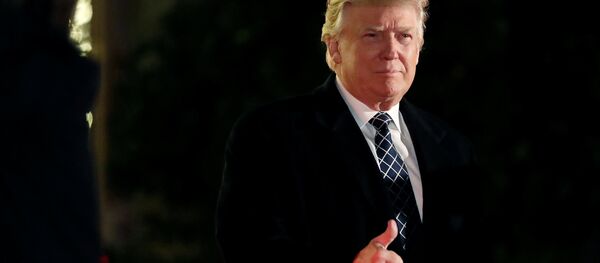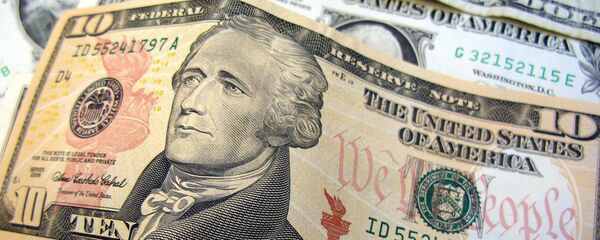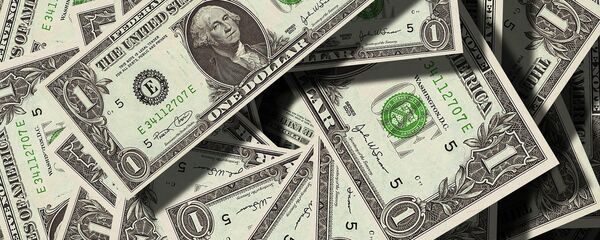US Federal Reserve Chair Janet Yellen said that the regulator will undertake a "few" hikes in base borrowing costs this year. Consequently, the dollar snapped its five-month streak of slight devaluation, climbing against its major peers of Thursday – higher US interest rates mean lower dollar-denominated liquidity.
"We have washed out a few positions this week and we're back to thinking about the underlying fundamentals," Jeremy Stretch, a currency strategist of London-based CIBC, said. "Yellen's comments are interesting and constructive overall… but the market does not want to be caught long ahead of the President-elect speaking (later this week). For now it is cautious dollar buying rather than anything stronger."
Earlier this week Trump said that the dollar is "too strong", reflecting a viewpoint that a stronger dollar renders domestic US manufacturers and services providers less competitive versus imports as well as disadvantaged in global trade. American goods and services are becoming increasingly expensive as the dollar appreciates, meaning cheaper oversea produce gets more chances at winning in both the US market and globally.
Trump's remarks might also be an indication of the President-elect's intent to end the 'strong dollar' policy that originated in the 1990s Clinton era of accelerated globalization and the dominance of multinational business enterprises in the world economy.
"Trump is very pro-business and would like to boost the U.S. manufacturing and export sectors," Randy Frederick of the Schwab Center for Financial Research said. "A weaker dollar would make US manufacturers more competitive."
The Federal Reserve is planning two rate hikes this year, which might result in base borrowing costs of 1-1.25pc by the end of the year compared to the current gauge of 0.5-0.75pc. The availability of dollar-denominated funds will decrease as commercial interest rates steepen – for example, fixed 30-year mortgage rates in the US have risen by almost 1pc during the past six months – to about 4.5pc from 3.6pc in July 2016.
Subsequently, no one is quite sure whether the dollar will rise or fall, even in the near-term, let alone at any time beyond the coming six months. Trump might be adamant to go all the way in his effort to help the US private sector. The Fed might hike rates quicker if growth and inflation soar.
There is one more implication to the entire deal with the dollar. The Trumpian fiscal stimulus will supposedly be financed via federal borrowing, meaning the Treasury yields will go up as the bond value decreases due to greater volumes of issuance. The benchmark yield will push natural interest rates higher, putting additional upward pressure on the Fed, and pushing the dollar up. Trump also said earlier this week that a stronger dollar is "killing us" in terms of bilateral trade with mainland China, which gets advantages in the US domestic market.
China, for its part, is strapped for liquidity as the Lunar New Year approaches, and is buying into the dollar. The People's Bank of China (PBOC) monetary stimulus is not enough to support the balance sheet if the Chinese companies trade with the US.
"The market is typically short of liquidity ahead of the Lunar New Year," Gu Weiyong of fixed-income hedge fund Ucom Investment Co said. Gu also added that the cash provided by the PBOC is not enough.
The dollar situation will become much clearer after Trump finally takes office on 20 January amidst all the unprecedented turmoil and controversy surrounding the inauguration. The dollar, however, is poised to swing between gains and losses until the fiscal stimulus plan is unveiled and the macro data for 1Q17 arrive.
Never miss a story again — sign up to our Telegram channel and we'll keep you up to speed!




